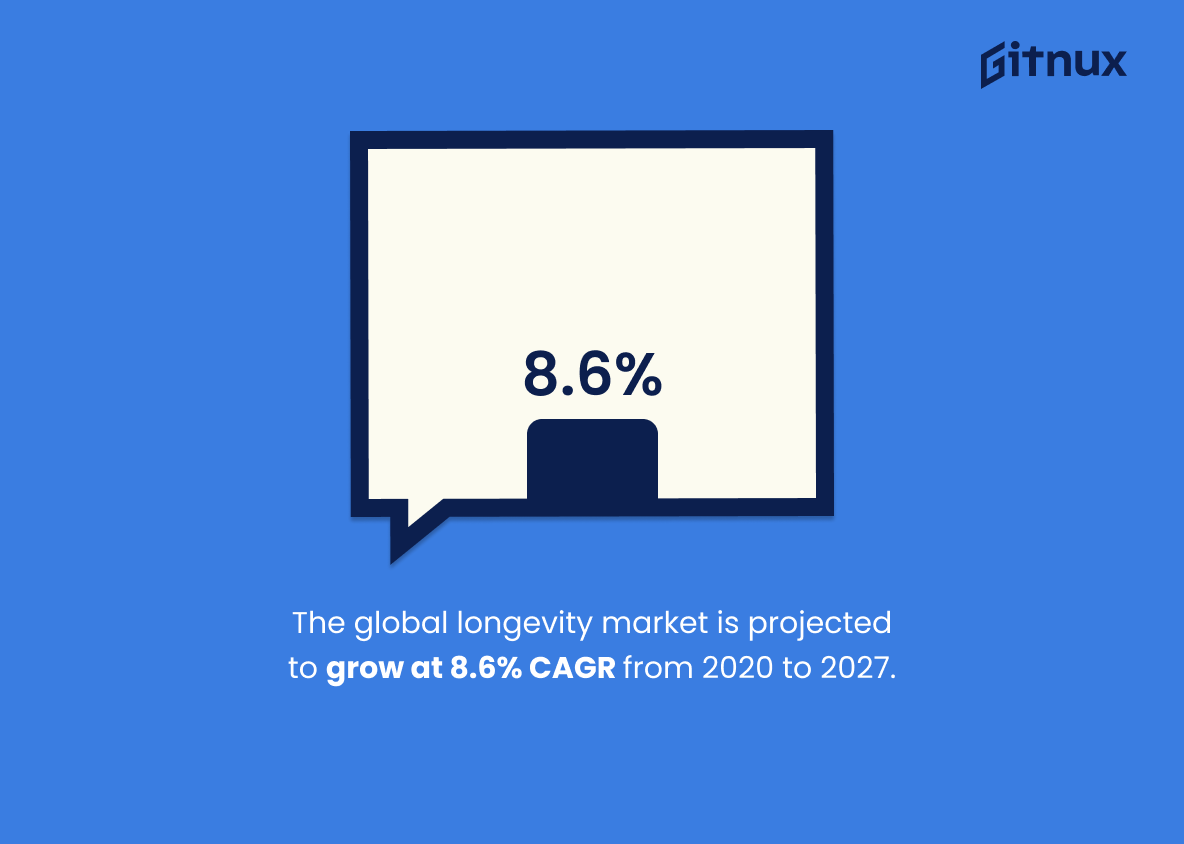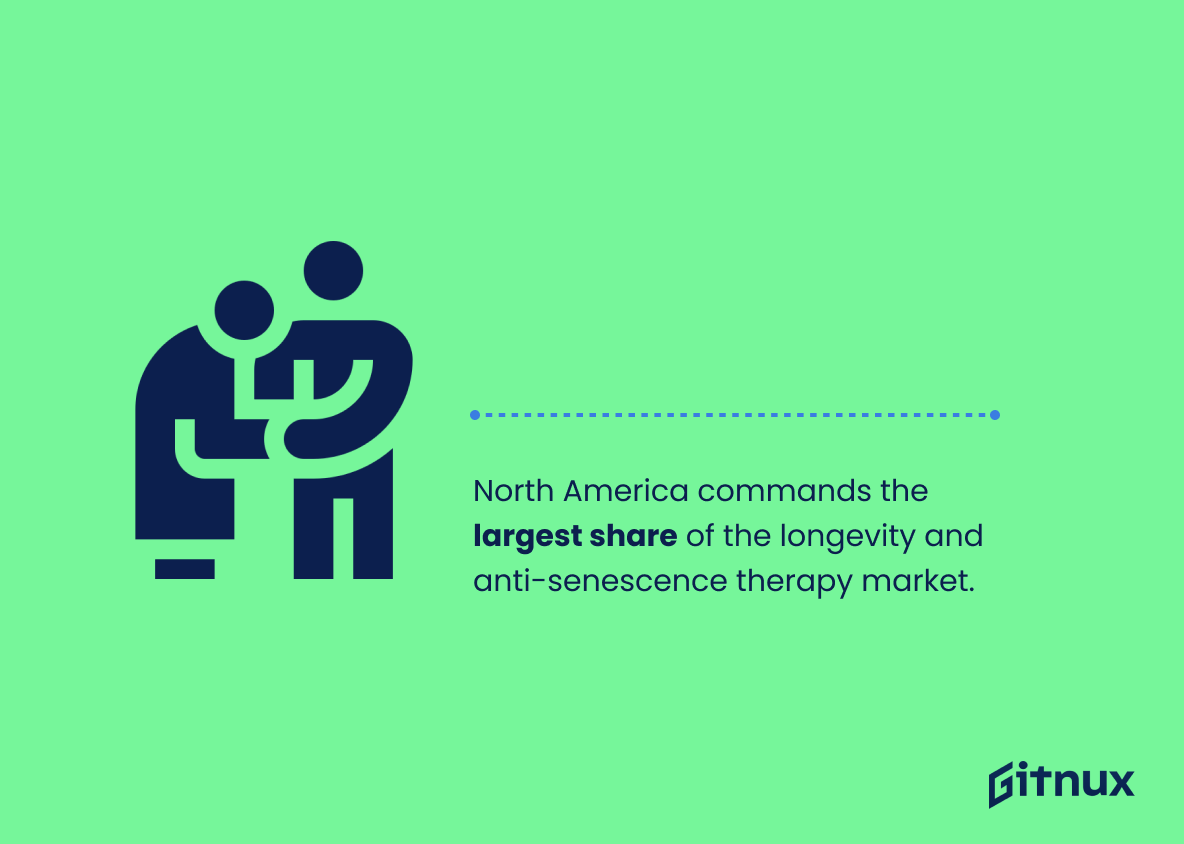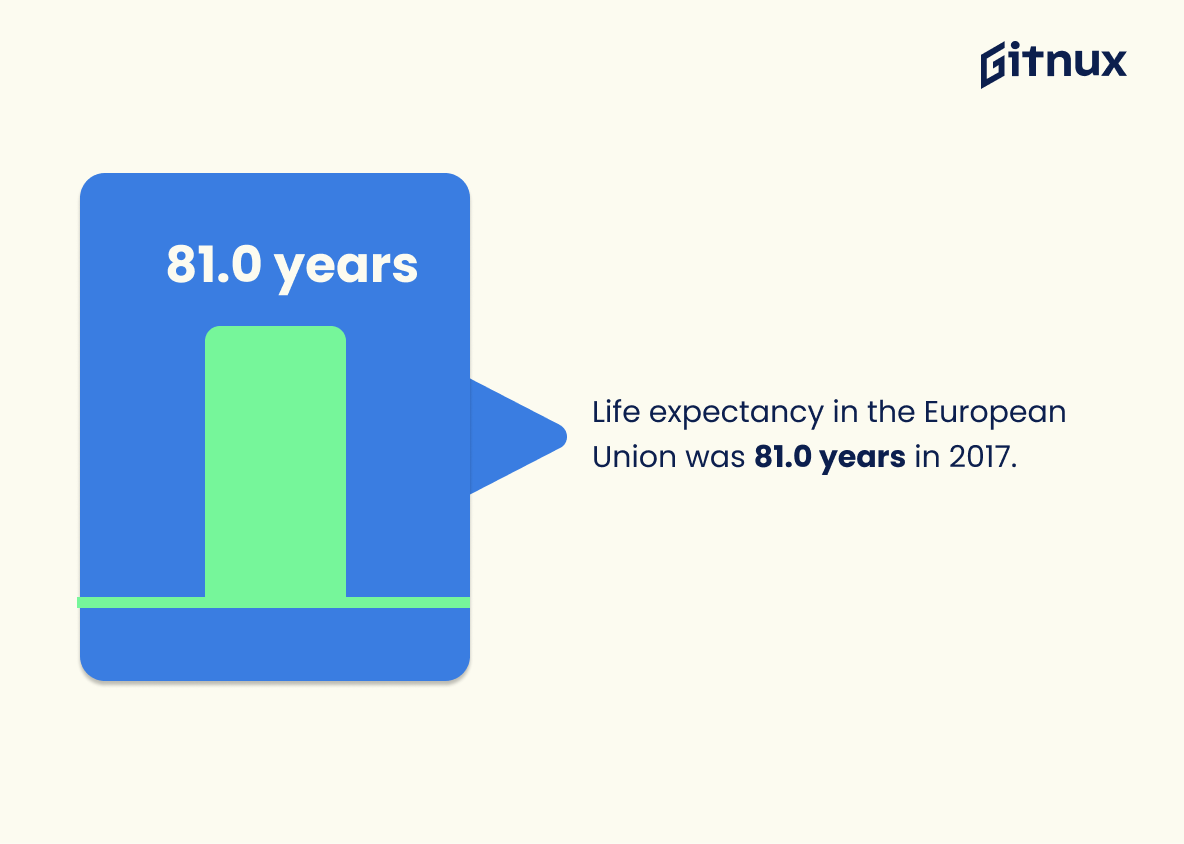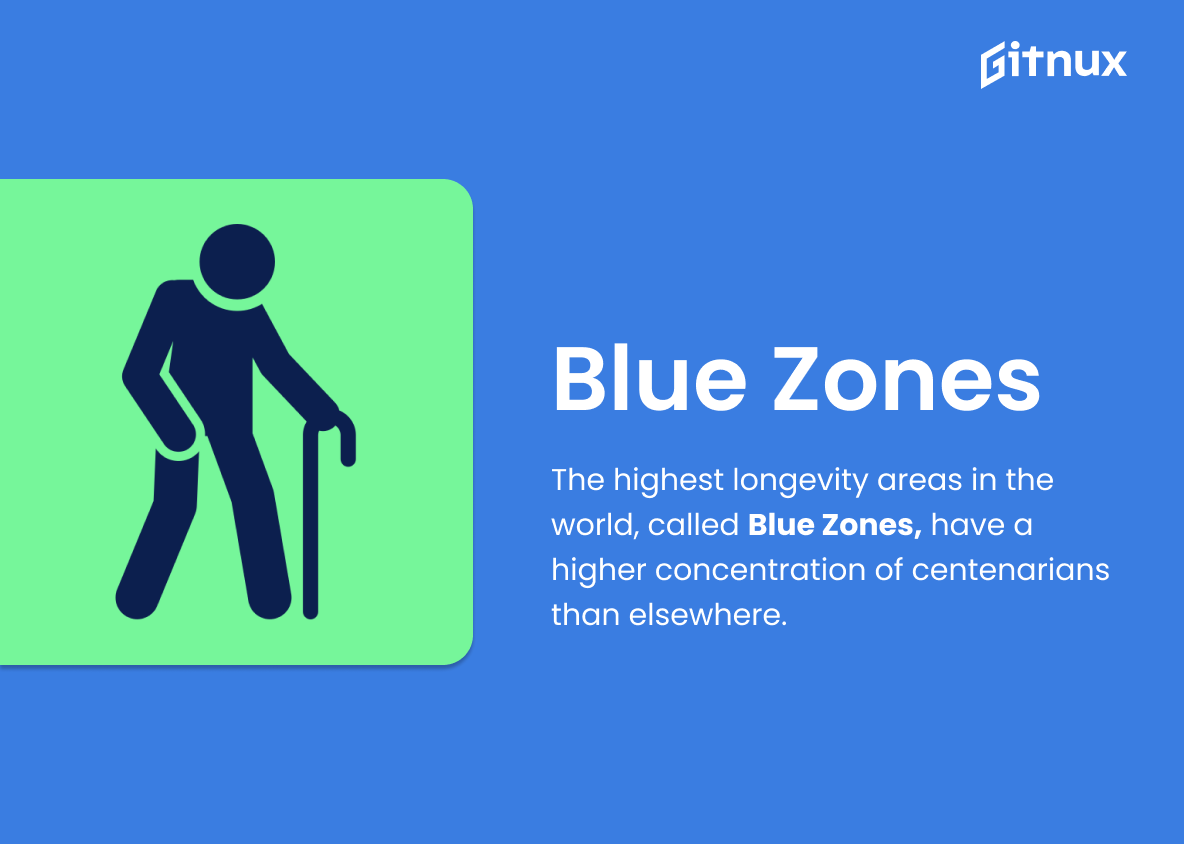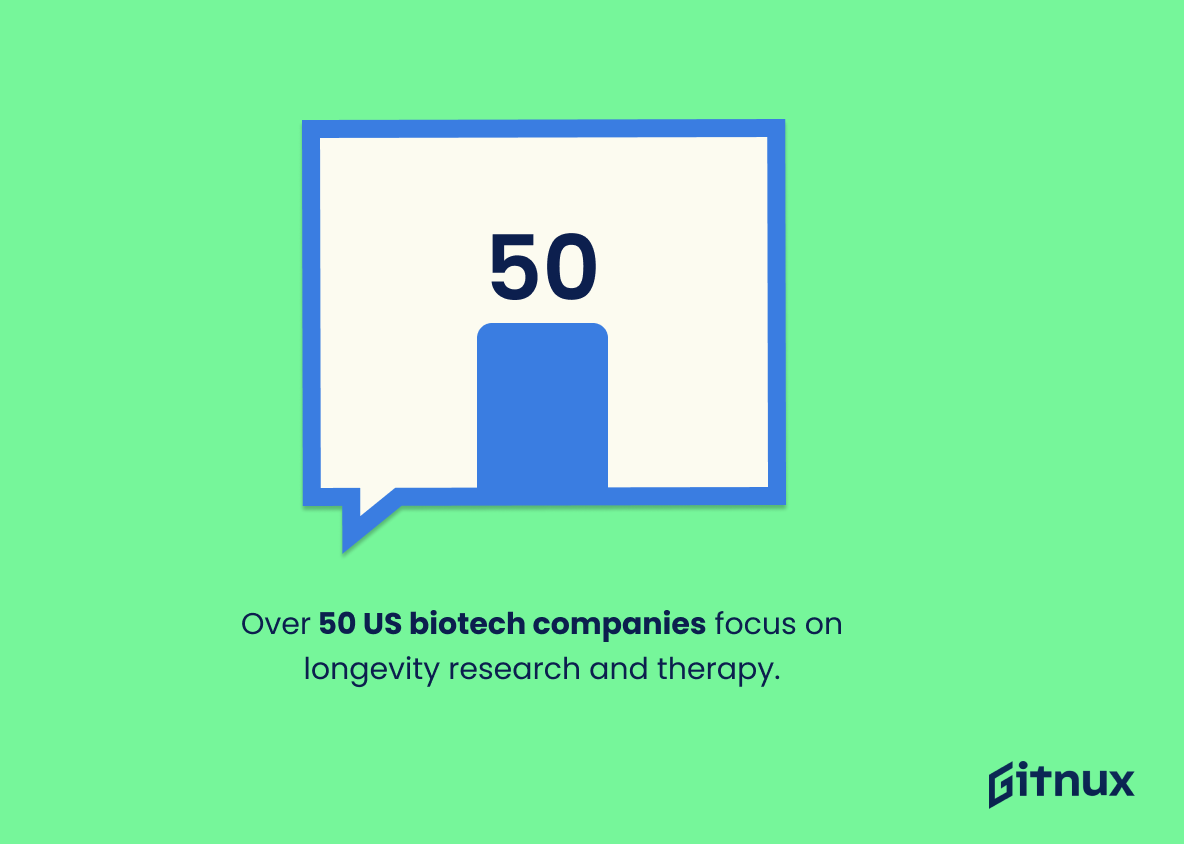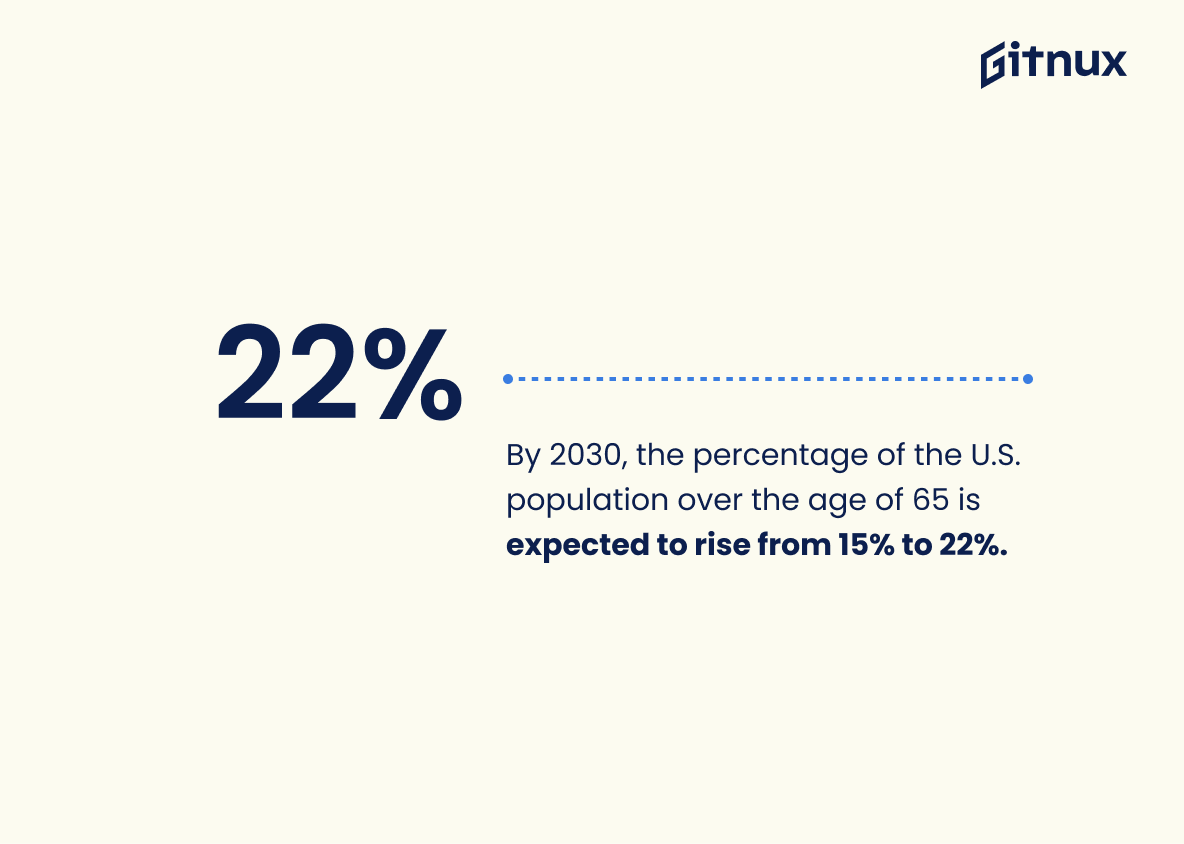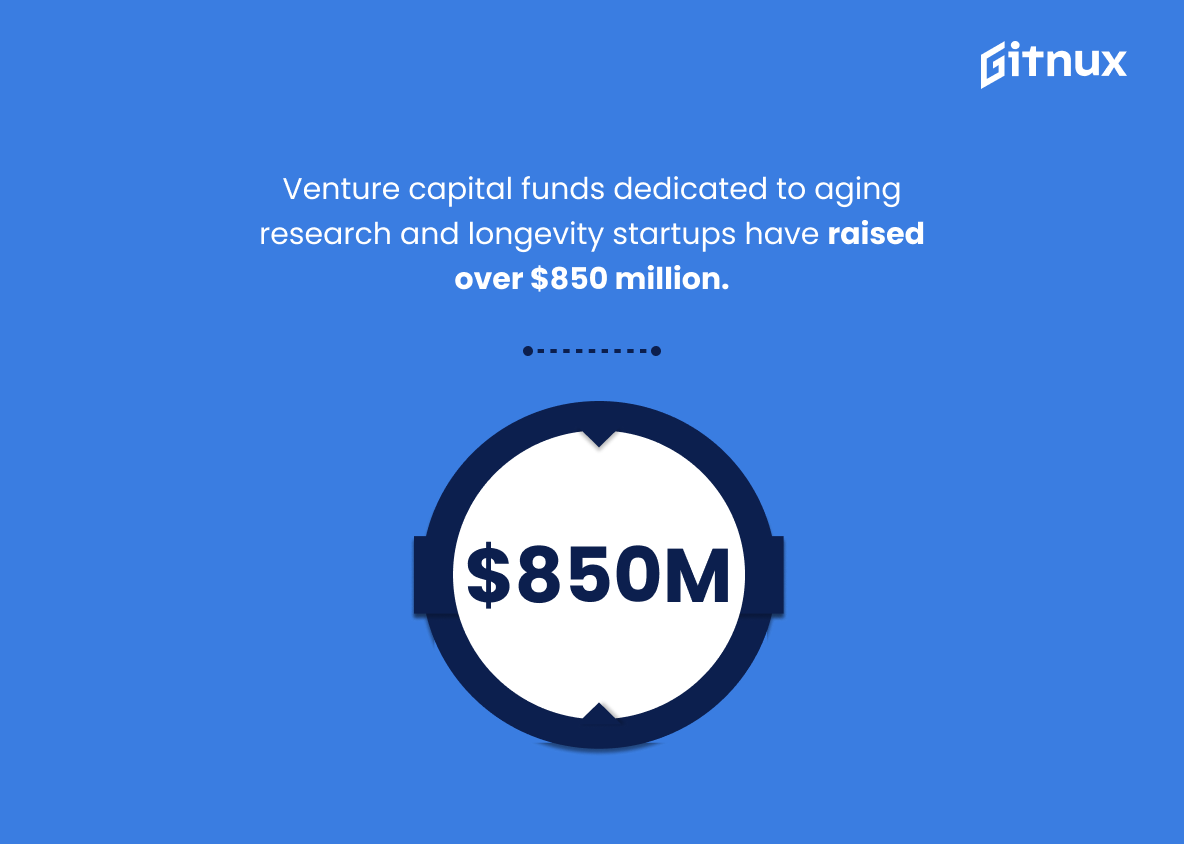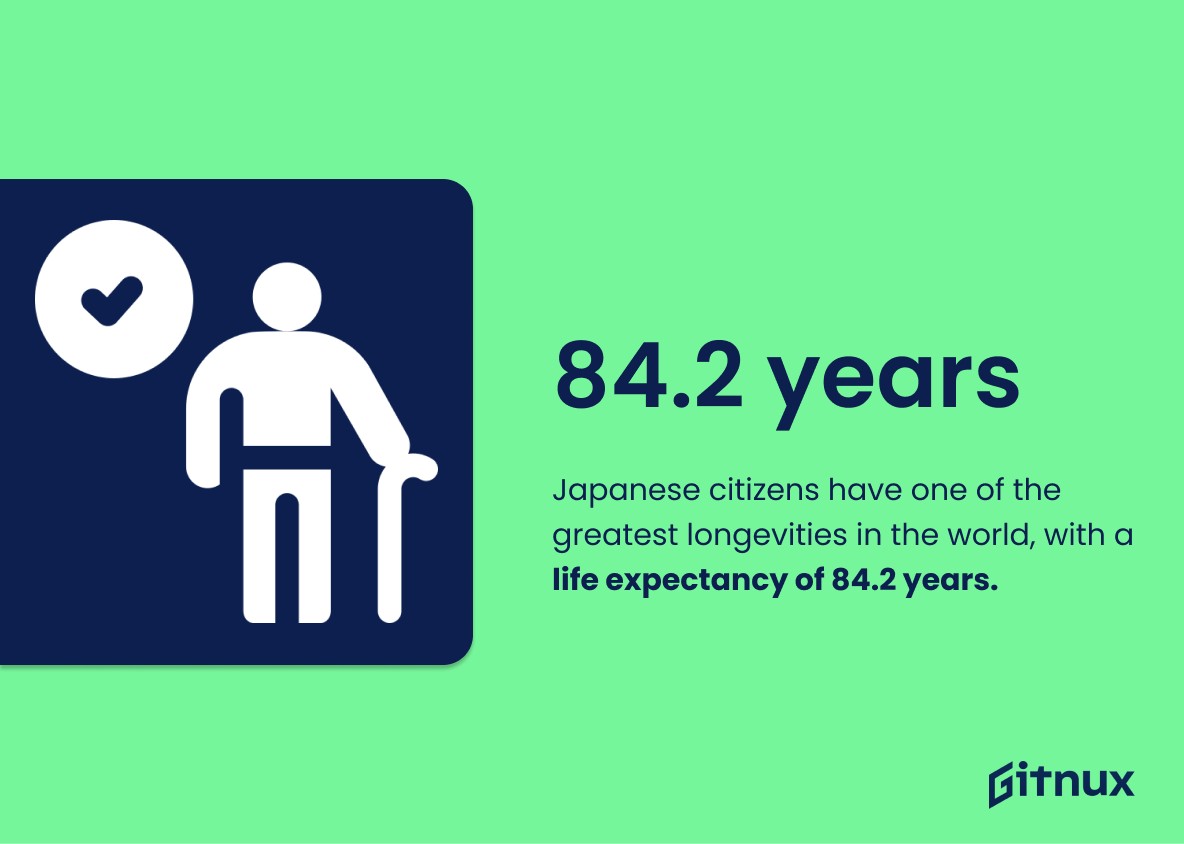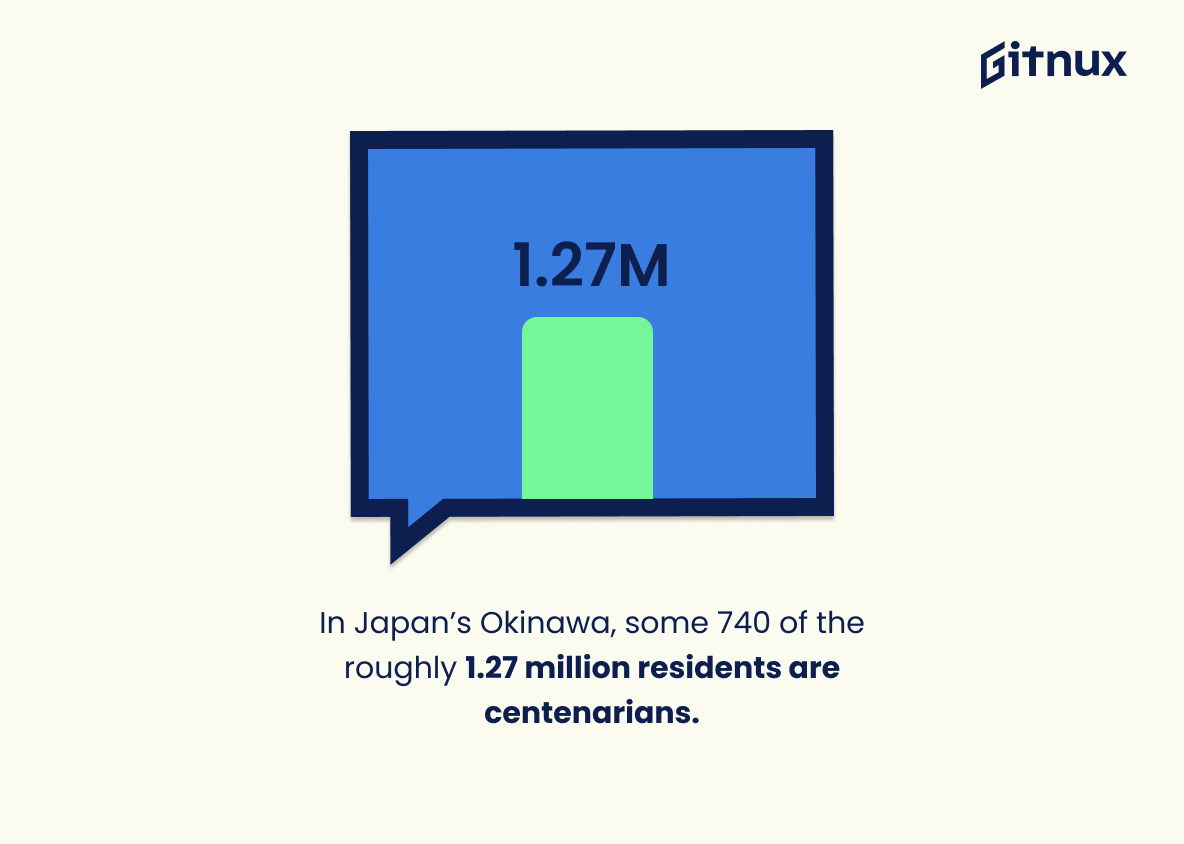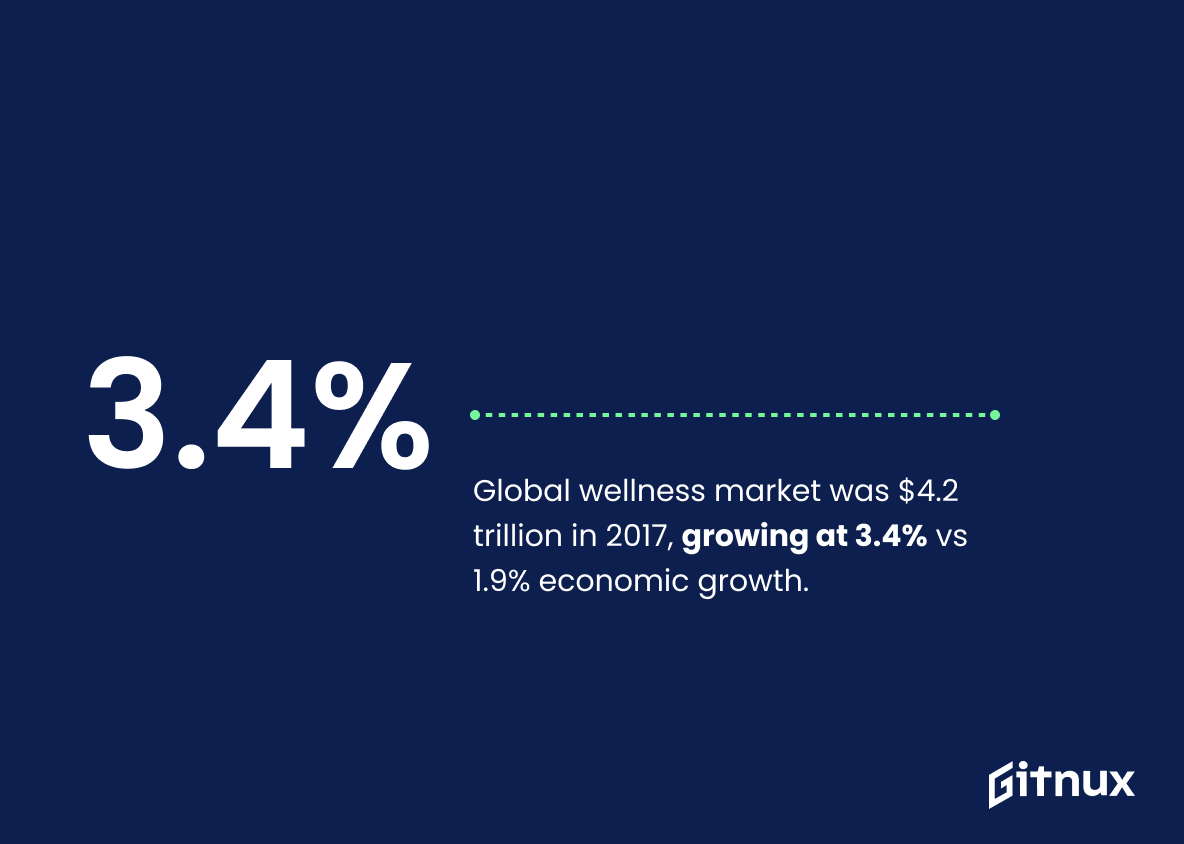In the evolving landscape of modern healthcare and lifestyle trends, one industry has rooted itself at the intersection of science, health, and anti-aging – the Longevity Industry. This burgeoning sector has been generating substantial interest for its potential to not only increase human lifespan, but significantly enhance its quality.
From exploring revolutionary biotech solutions to leveraging advanced AI in diagnostics, the Longevity Industry has emerged as a galvanizing force in reshaping the way we approach aging. In light of this remarkable growth, it’s critical to stay apprised of the latest data and trends. In this blog post, we delve into the most recent Longevity Industry statistics, providing a comprehensive overview of this fascinating and rapidly expanding field.
The Latest Longevity Industry Statistics Unveiled
The global longevity and anti-senescence therapy market was valued at $329.8 million in 2019.
The paramount testament of the rapidly growing investment interest in the longevity and anti-senescence therapy market would be the global valuation recorded in 2019 of a remarkable $329.8 million. This figure not only signifies the financial robustity of the industry, but it moreover illuminates the heightened demand and increased recognition that these therapies and technologies are receiving.
Within the context of longevity industry statistics, this valuation serves as both a milestone and a springboard, outlining past achievements while also setting the stage for forecasted growth. It reflects the industry’s economical magnitude and the substantial strides that have been taken in this field, faithfully capturing the market’s rapid evolution while spotlighting the anticipated continued surge in its valuation.
The global longevity and anti-senescence therapy market is anticipated to grow at a CAGR of 8.6% from 2020 to 2027.
Examining the projected compound annual growth rate (CAGR) of 8.6% for the global longevity and anti-senescence therapy market from 2020 to 2027 brings eyes into sharp focus on the sheer potential of this industry. It paints a vivid picture of a market on the move, poised for significant growth and expansion. Like a crystal ball, this statistic gives foresight into a future where people are investing more in extending their life and combating aging.
Ultimately, such a rising trend punctuates the narrative, shedding light on just how dynamic, robust, and prolific this sector is shaping up to be within the seven-year window. As such, anyone following longevity industry statistics would find this compelling, casting a gaze at an evolving narrative of human aspiration for longevity and a thriving market that responds to it.
North America commands the largest share of the longevity and anti-senescence therapy market.
The commanding position of North America in the longevity and anti-senescence therapy market carries profound implications for the global longevity industry. It draws a fascinating roadmap to illustrate where the innovations are brewing and where the investment is flowing. As a region wielding significant influence, North America’s actions often shape trends and set benchmarks for other regions.
Moreover, these trends provide insights into the possible future trajectories of the market. Hence, in the grand narrative of longevity industry statistics, the North American market’s standing isn’t mere figures. It’s a tale of opportunity, innovation, and leadership shaping the longevity sector’s global future.
Life expectancy in the European Union was 81.0 years in 2017.
Amidst the backdrop of Longevity Industry Statistics, the figure stating that life expectancy in the European Union reached 81.0 years in 2017 provides an illuminating tapestry of intricate data. It’s almost akin to a vibrant thread weaving through the very fabric of societal and health care progress.
It’s the compass guiding us to understand the profound impacts of longevity improvements, stretching the boundaries of human lifespan further than ever before. With this guiding ‘data-anchor’, we can navigate the impacts of developments in the sector – from healthier lifestyles to cutting-edge medical technologies.
Furthermore, the extension of life expectancy is a litmus test for many parameters; advancements in the medical world, technological innovations, improved living conditions, and societal changes. This statistic is akin to a heartbeat pulsating through a body, providing insights into the health of society and the significant strides made within the longevity industry. It heralds a future with exciting prospects for both companies and consumers, signalling an evolution that is reshaping the very panorama of life as we know it.
The global anti-aging market was valued at $50.2 billion in 2019, and is expected to reach $83.2 billion by 2027.
Illuminating the dramatic growth projected for the global anti-aging market, this statistic presents an intriguing narrative for enthusiasts and investors in the longevity industry. It not only underscores the market’s significant existing value of $50.2 billion in 2019 but also its appealing future, forecasted to skyrocket to an impressive $83.2 billion by 2027.
This sharp rise marks a turning point, signaling that the quest for longevity is moving from the realm of science fiction to an attainable reality. As such, it shines a spotlight on immense opportunities available for businesses, investors, and innovators alike, poised at the epicenter of this dramatically growing industry.
The highest longevity areas in the world, called Blue Zones, have a higher concentration of centenarians than elsewhere.
In the grand dance of life, everyone aspires to twirl around a little longer and this aspiration drives the booming longevity industry. The fascinating statistic about the disproportionate concentration of centenarians in Blue Zones strums an intriguing tune. It beckons us to unearth the secrets behind this longevity phenomenon, creating a unique selling proposition for businesses involved in the longevity industry.
The data is a powerful tool to showcase the effectiveness of certain lifestyle choices and environments that promote healthier, longer lives. A thoughtful analysis of this can lead industry players to carve innovative strategies, products, and services that mirror the beneficial elements common in Blue Zones, thereby driving growth and success in the longevity market.
There are currently more than 50 biotech companies in the U.S. dedicated to longevity research and therapy development.
Highlighting the existence of more than 50 biotech companies in the U.S. solely dedicated to longevity research and therapy development underpins the burgeoning dynamism within this emergent sector. It not only affirms the industry’s appeal and lucrativeness, but signifies an accelerated attempt to decode and conquer human aging.
Each company’s pursuit to extend human lifespan becomes a piece in this intricate, multidimensional industry puzzle. The number underscores the extent of collective intellectual, technological, and asset commitment directed towards turning mankind’s age-old dream into a tangible reality. Thus, in the context of a blog post about Longevity Industry Statistics, this figure offers a quantitative perspective on the industry’s growing presence, competitiveness and potential future impact.
By 2030, the percentage of the U.S. population over the age of 65 is expected to rise from 15% to 22%.
Highlighting this inevitable demographic transition, where by 2030 about 22% of the U.S. population will be over the age of 65, casts a more vivid and critical light on the burgeoning longevity industry. It’s not just a number, but rather, a beacon, guiding us to a future demographic landscape characterized by a progressive aging population, with distinct needs, challenges, and opportunities.
This anticipated surge will invariably strain existing resources and systems, necessitating innovative solutions. As such, these ‘longevity statistics’ unfurl a hitherto unprecedented demand for products and services tailored specifically for this age group, ushering in a new era of business scope, valorized by potential economic prosperity within the longevity industry.
Out of every 100,000 people in the USA, 604 reach their 100th birthday.
Painting a vibrant picture of the longevity landscape, the statistic “Out of every 100,000 people in the USA, 604 reach their 100th birthday” doesn’t just dwell in the realm of numbers. Instead, it acts as the pulse, beating at the heart of the longevity industry, illuminating the substantial growth in the population reaching the age of 100.
It signals an epoch of unprecedented advancements in nutrition, science, healthcare, and lifestyle changes. This growth trajectory offers immense opportunities for businesses in the longevity industry to scale, innovate and serve. From healthcare providers to pharmaceutical firms, from fitness and wellness companies to longevity tech innovators, this statistic acts as a compass directing towards a market on the cusp of exponential growth.
Unfolding an intriguing narrative of human resilience and progress, it also invites policymakers, researchers and social advocates to deliberate on the broader implications on society – reimagining our infrastructures, policies, societal norms and attitudes to an ageing population reaching new frontiers of longevity.
Venture capital funds dedicated to aging research and longevity startups have raised over $850 million.
The unfurling of a rich tapestry of funds, amounting to an impressive over $850 million, dedicated solely to aging research and longevity startups, in itself creates an unprecedented vibrancy in the longevity industry. This massive financial influx reveals an amplified commitment towards endorsing revolutionary strategies in aging research. It also signifies a potential surge in innovative startups poised at the cusp of scientific and technological breakthroughs in longevity.
Remarkably, these numbers don’t merely dictate the momentum but also reflect the escalating optimism and confidence of venture capitalists in this sector, arguably producing a multiplier effect on the wheel of growth and development within the longevity industry.
Japanese citizens have one of the greatest longevities in the world, with a life expectancy of 84.2 years.
Highlighting the remarkable longevity of Japanese citizens, who enjoy a life expectancy of an impressive 84.2 years, casts a spotlight on some intriguing factors that could offer valuable insights to the longevity industry. Such a significant statistic intensifies curiosity about the unique lifestyle, healthcare, genetic factors, diet, exercise and wellness philosophies prevalent in Japan.
By closely studying and understanding these contributing factors, the longevity industry could glean essential knowledge, not only to replicate these conditions elsewhere but also to potentially surpass them, paving the way for advanced practices and innovations in longevity globally. Furthermore, this important figure reflects the prospective growth and opportunities within the longevity industry. Thus, the compelling Japanese longevity statistic serves as a beacon, guiding future research, policy making, and advancements in the longevity industry.
In Japan’s Okinawa, some 740 of the roughly 1.27 million residents are centenarians.
Delving into the realm of longevity industry, the thriving centenarian population in Okinawa, Japan showcases a compelling snapshot. With an astonishing 740 centenarians in a population of approximately 1.27 million, it offers insights into health trends and longevity initiatives, making Okinawa the focus of studies on longevity.
The exceptional centenarian ratio presents an intriguing foundation for unraveling the longevity secret of this region. It might be due to dietary habits, lifestyle, or genetics, but whatever the reason, understanding it may provide golden nuggets of knowledge for the global longevity industry. Perhaps the components of Okinawa’s success can be bottled into products, services, or strategies that will offer a profound impact on the age-defying industry, transforming our perception of health and aging.
Moreover, Okinawa can serve as an effective evidence base or benchmark for industry’s best practices. By thoroughly understanding and mirroring their efficient practices, we may be able to make considerable headway in enhancing the quality and length of life globally. Thus, this fact reveals a wellspring of opportunity within the industry, driving home the importance of investing in longevity research and development.
The global market for health and wellness reached $4.2 trillion in 2017, growing nearly twice as fast as global economic growth (3.4% vs 1.9%).
One can gather great insight by pivoting our attention towards the staggering statistic that the global market for health and wellness mounted up to a breathtaking $4.2 trillion in 2017. What adds a touch of awe is the intriguing fact that this industry grew almost two-fold as swift as the global economic growth, marking a 3.4% versus a modest 1.9%.
In the compelling narrative of Longevity Industry statistics, this data paints a vivid landscape. It illustrates the booming interest and investments in health, wellness, and overall longevity. With the escalating value of the health market, it can be gleaned that a lot of individuals, companies, and governments are prioritizing longevity and life extension procedures, products and services, thereby pouring resources into this industry.
In essence, this statistic serves as a robust testament to the skyrocketing advancement of the longevity industry, underscoring the industry’s resilience and people’s constant pursuit for a heathier, longer life.
Conclusion
Understanding the Longevity Industry Statistics tells us that the future of aging is undergoing rapid transformation. With scientific advancements, lifestyle modifications, and passionate pursuit for longevity, this industry is anticipated to expand exponentially. The statistics underscore a mounting interest in life-extending therapies and products, highlighting their significant socio-economic and market potential.
The immense market growth exhibits a promising horizon for businesses and underlines the opportunity to invest in the future of healthcare. This industry is the key to unlocking a new era of life expectancy, prosperity, and overall well-being. As we continue to demystify aging, we are not just adding more years to life, but more life to those years.
References
0. – https://www.www.reportlinker.com
1. – https://www.www.globenewswire.com
2. – https://www.www.globalwellnessinstitute.org
3. – https://www.www.bluezones.com
4. – https://www.www.inverse.com
5. – https://www.scopeblog.stanford.edu
6. – https://www.www.alliedmarketresearch.com
7. – https://www.ec.europa.eu
8. – https://www.www.longevity.technology
9. – https://www.www.worldbank.org
10. – https://www.www.ncbi.nlm.nih.gov
11. – https://www.www.japantimes.co.jp

